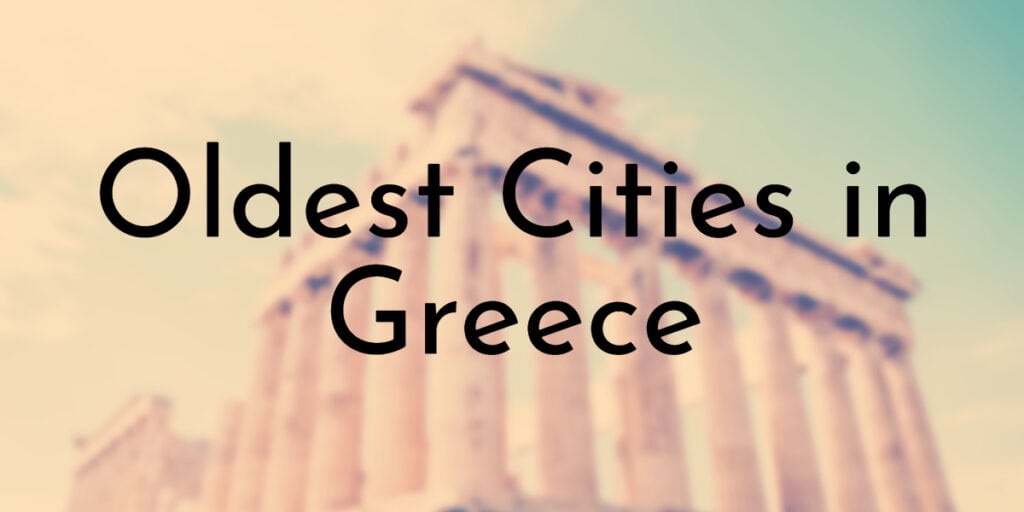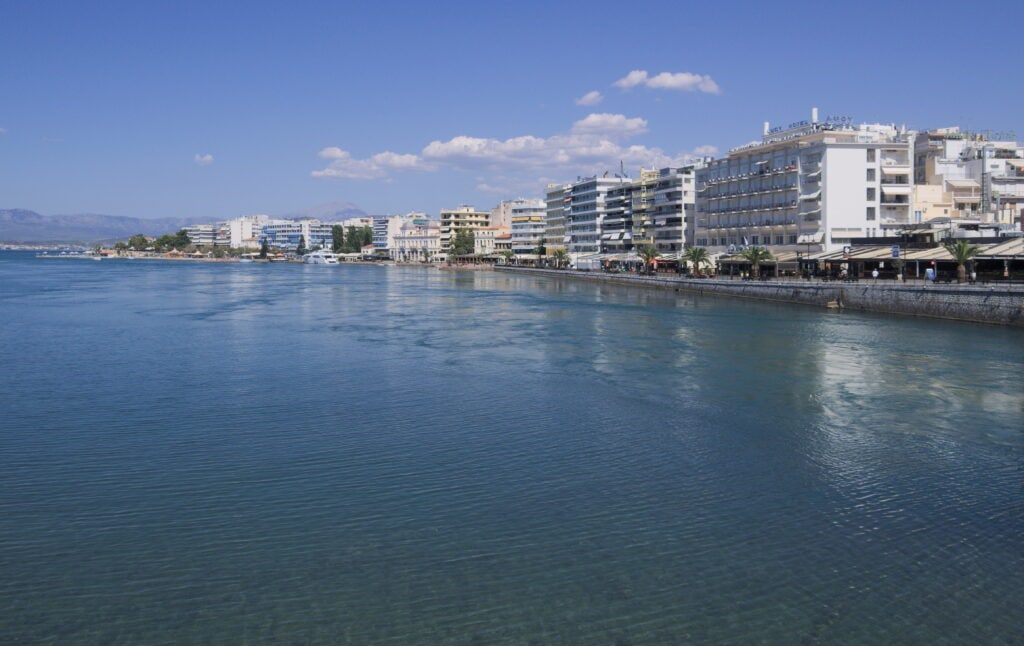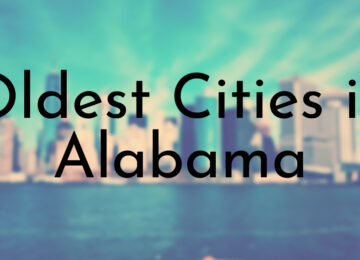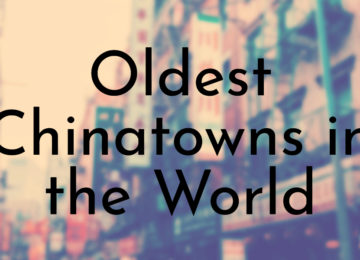Greece is a country that is rich in history and culture, and one of the best ways to experience this is by visiting some of its oldest cities. From the ancient ruins of Athens to the serene beauty of Thessaloniki, there is something for everyone in these historic destinations. In this article, we will explore the 8 oldest cities in Greece, each with its unique story.
From the birthplace of the Olympic Games to the site of the first-ever democracy, these cities are a testament to the enduring legacy of Greek civilization. So, whether you’re a history buff or simply looking to soak up some Mediterranean sun, these cities are a must-visit for anyone traveling to Greece.
So, pack your bags, grab your camera, and prepare to step back in time as we explore the 8 oldest cities in Greece.
8. Thessaloniki
Year Founded: 315 BCE
Land Area: 19.31 sq. km.
Elevation: 820 ft.
Population as of 2023: 815,000
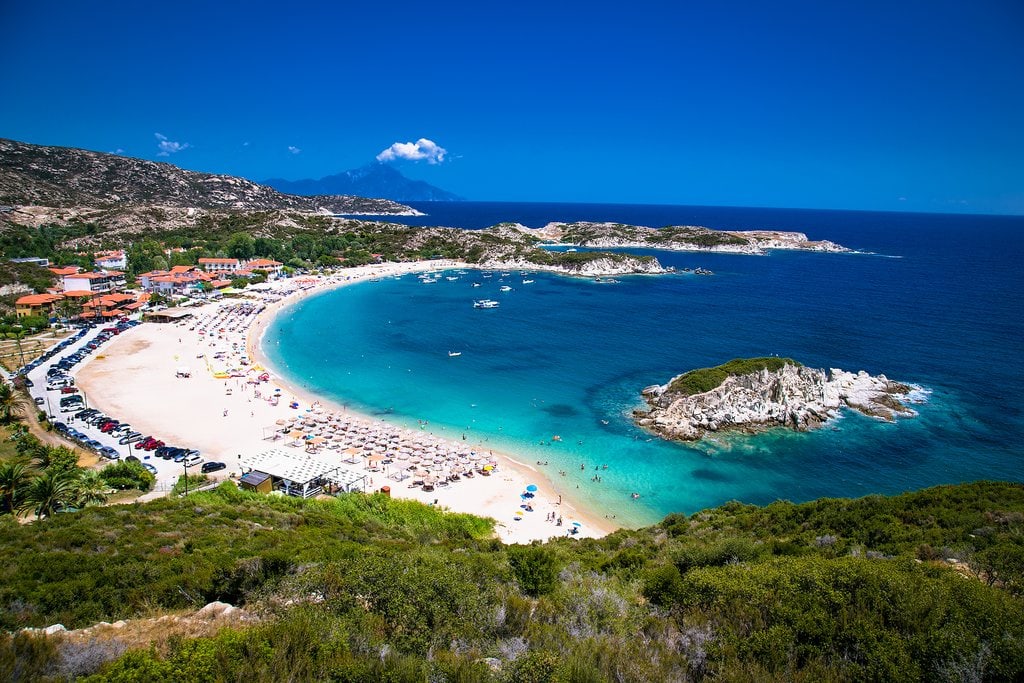
photo source: KimKim
Thessaloniki is the second-largest city in Greece, located in the northern part of the country. It was founded in 315 BCE by Cassander of Macedon and was named after his wife, Thessaloniki, who was the half-sister of Alexander the Great. The city has a rich history and was an important center of trade and culture during the Byzantine and Ottoman empires.
As of 2023, the population of Thessaloniki is estimated to be around 815,000. The city has a land area of 19.31 square kilometers and an elevation of 820 feet. It is also a popular tourist destination, attracting visitors from around the world to its many historical and cultural landmarks.
Did You Know?
Thessaloniki is Greece’s major economic and cultural center, known for its beautiful architecture, museums, and lively nightlife.
7. Corfu
Year Founded: 800 BCE
Land Area: 41.90 sq. km.
Elevation: 2972 ft.
Population as of 2023: 21,342
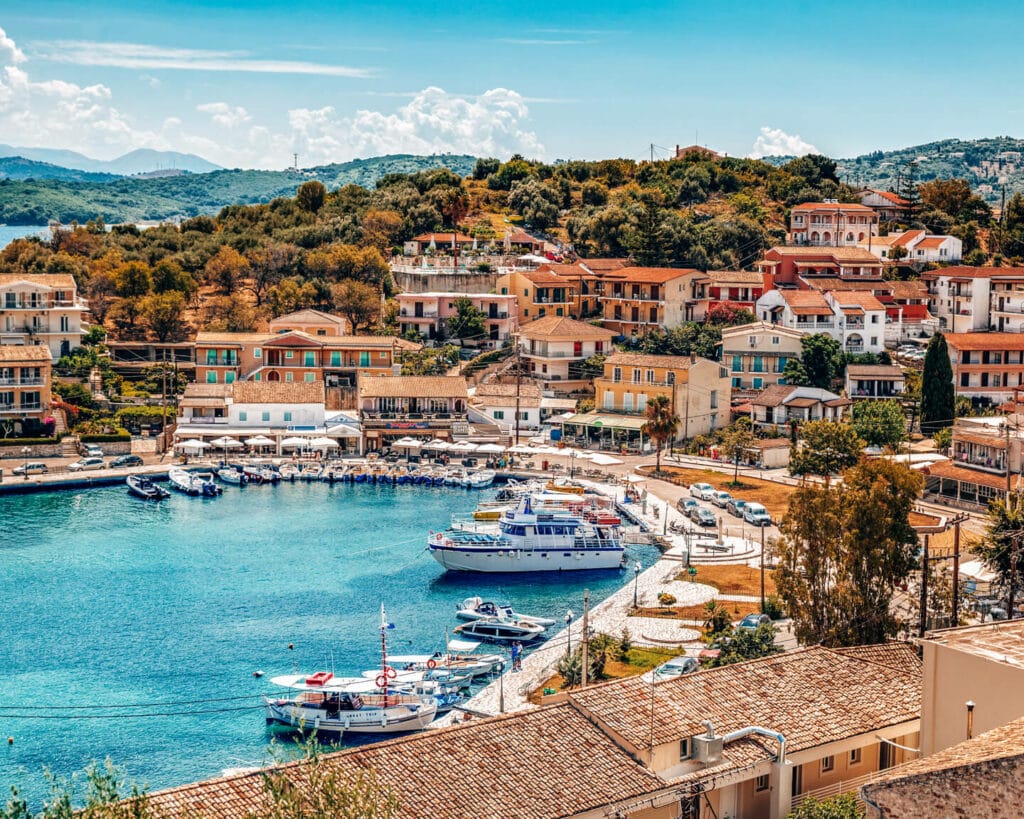
Corfu is the capital and largest city of the island of Corfu, located in the Ionian Sea off the northwest coast of Greece. The city was founded in 800 BCE by the Corinthians and was named after their daughter, Corcyra. Corfu City has a rich history and has been ruled by the Greeks, Romans, Venetians, French, and British over the centuries.
The city has a land area of 41.90 square kilometers and an elevation of 2972 feet. Corfu City is known for its picturesque architecture, influenced by the various cultures that have ruled the island over the centuries. The city’s historic center, Old Town, is a UNESCO World Heritage site with winding streets, charming squares, and beautiful Venetian buildings.
Did You Know?
Other popular attractions in Corfu City include the Palace of St. Michael and St. George, the Old Fortress, and the Liston Promenade.
6. Chalcis
Year Founded: 1200 BCE
Land Area: 412.4 sq. km.
Elevation: 16 ft.
Population as of 2023: 66,536
Chalcis is a city located in central Greece on the island of Euboea. It is one of the oldest continuously inhabited cities in Europe, with a history that dates back to 1200 BCE. Chalcis is situated on the Euripus Strait, which separates the island of Euboea from the mainland of Greece.
As of the latest available population data, which is from 2023, the population of Chalcis was 59,125. The city has a land area of 412.4 square kilometers and an elevation of 16 feet. Chalcis is known for its beautiful beaches, historic landmarks, and cultural attractions.
Did You Know?
One of the most famous landmarks in Chalcis is the Old Bridge, a stone bridge that spans the Euripus Strait and has been in use since the 16th century.
5. Patras
Year Founded: 3000 BCE
Land Area: 125.4 sq. km.
Elevation: 30 ft.
Population as of 2023: 176,311
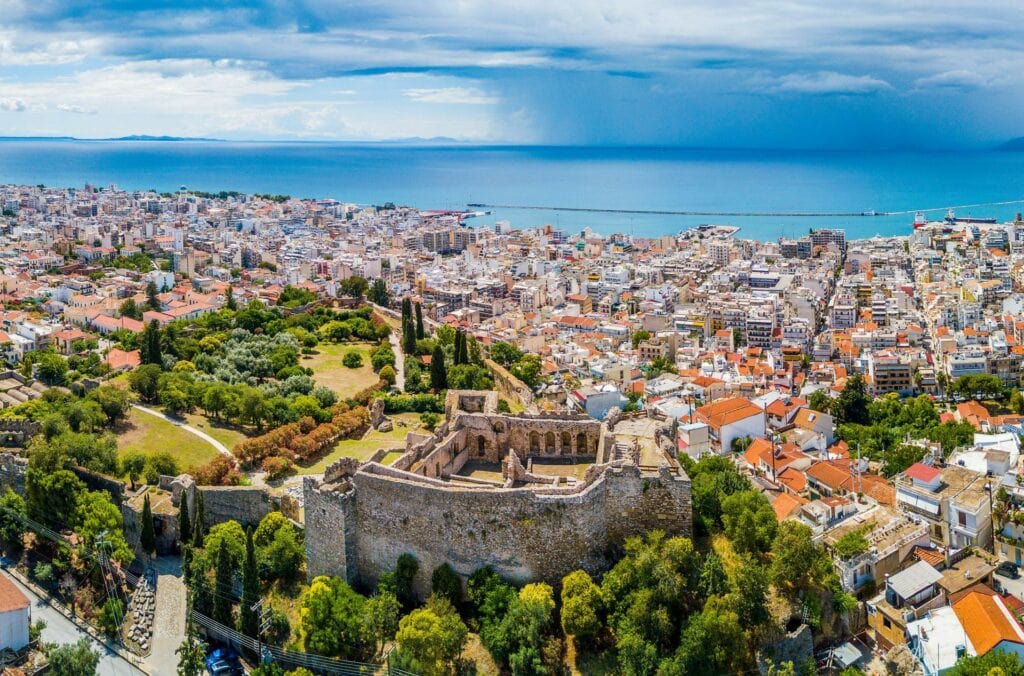
In the northwestern region of the Peloponnese peninsula in Greece, Patras boasts a lengthy and fascinating history, with archaeological findings suggesting that it was inhabited as far back as 3000 BCE. As a cultural and commercial center throughout the centuries, the city has played a significant role in Greek history.
The Roman Odeon, a centuries-old amphitheater dating back to the 2nd century CE, is one of Patras’ most prominent landmarks. Other popular attractions include Patras Castle, Achaia Clauss winery, and the Archaeological Museum of Patras.
Did You Know?
Patras is a hub for festivities and events, with the world-renowned Patras Carnival being one of Europe’s most significant carnival celebrations.
4. Trikala
Year Founded: 3,000 BCE
Land Area: 608.5
Elevation: 377 ft.
Population as of 2023: 81,849
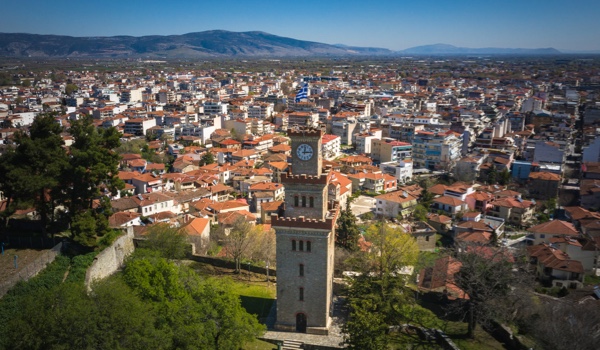
Trikala is located in the heart of Greece and has a rich history dating back thousands of years. The city is known for its stunning natural scenery, including the Pindus mountain range, which provides a breathtaking backdrop to the city. The city’s population is predominantly Greek Orthodox, with a small minority of Muslims and other religious groups.
Trikala has a range of fascinating historical and cultural landmarks, such as the 16th-century Ottoman-era Osman Shah Mosque and the ancient Roman baths. The city also has several museums, including the Trikala Municipal Folklore Museum and the Archaeological Museum of Trikala, which houses exhibits from the Neolithic to the Byzantine period.
Did You Know?
The surrounding area is home to many natural attractions, such as the Meteora Monasteries, a UNESCO World Heritage site of 14th-century monasteries perched atop towering rock formations.
3. Thebes
Year Founded: 3,000 BCE
Land Area: 144 sq. km.
Elevation: 705 ft.
Population as of 2023: 25,064
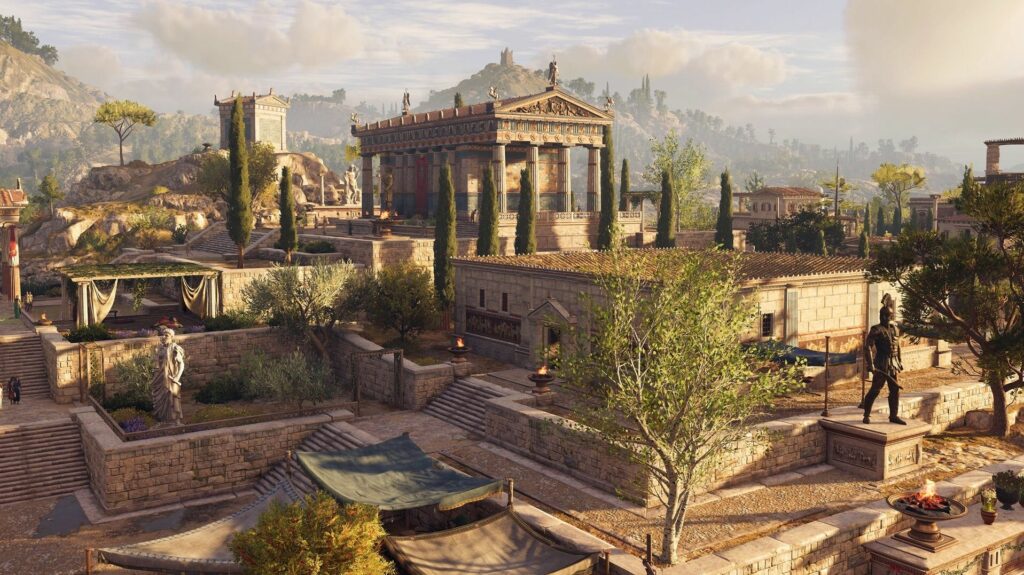
Thebes is a city in central Greece with a long and rich history dating back to 3,000 BCE. The city is on a plain surrounded by mountains, providing stunning views and natural beauty.
It is also a thriving modern city with various amenities and services. The city has several public parks and gardens, including the Kyrillou Loukareos Park, which features a large artificial lake and is a popular spot for picnics and relaxation.
Thebes is also known for its festivals and celebrations, including the annual Carnival of Thebes, which features colorful parades, live music, and traditional Greek dancing. The city also hosts the International Thebes Half Marathon, a popular running event that attracts athletes worldwide.
Did You Know?
Thebes is well-connected to other parts of Greece, with a modern highway network and regular bus services to Athens and nearby cities.
2. Athens
Year Founded: 3500 BCE
Land Area: 38.96 sq. km.
Elevation: 66 ft.
Population as of 2023: 3,154,000
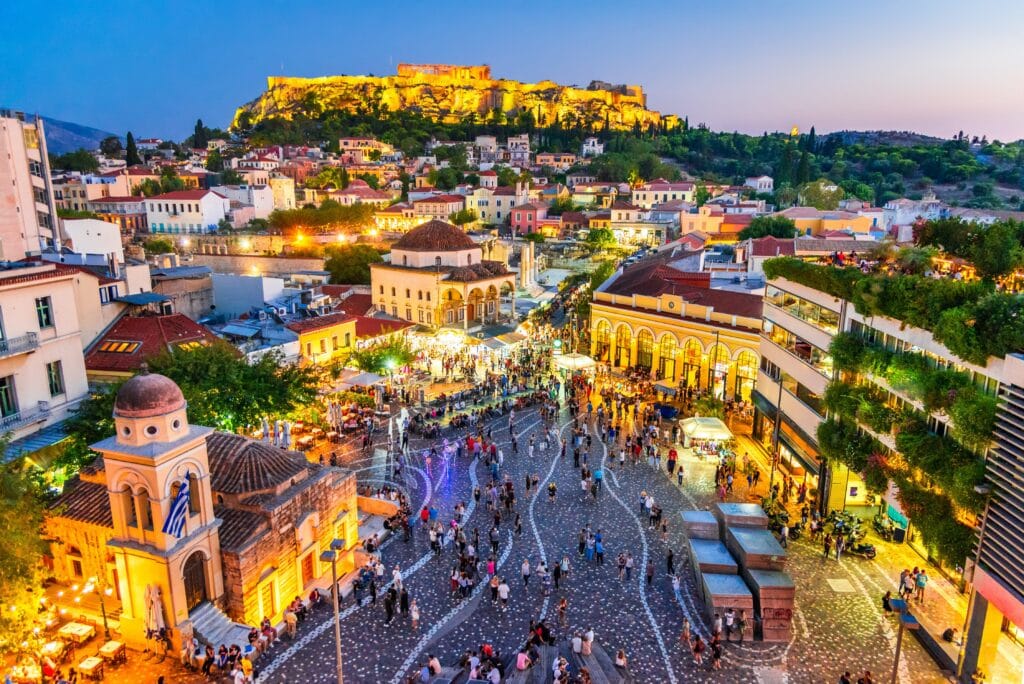
Athens is Greece’s capital and largest city, with a long and storied history dating back to 3500 BCE. The city is in central Greece, on the Attica peninsula, surrounded by mountains and the Aegean Sea. It is also a bustling center of commerce, education, and innovation.
The city is home to several leading universities, including the National and Kapodistrian University of Athens and the Athens University of Economics and Business, which attract students and scholars worldwide.
Athens is also an important center of finance, technology, and tourism, with a thriving business sector and a booming start-up scene. The city has several major companies and organizations, including Coca-Cola, Microsoft, and the Greek National Opera.
Did You Know?
Athens is home to several world-renowned landmarks, including the Acropolis, a citadel and ancient fortress that contains the Parthenon, one of the most iconic buildings in the world.
1. Argos
Year Founded: 4000 BCE
Land Area: 138.1 sq. km.
Elevation: 130 ft.
Population as of 2023: 19,996
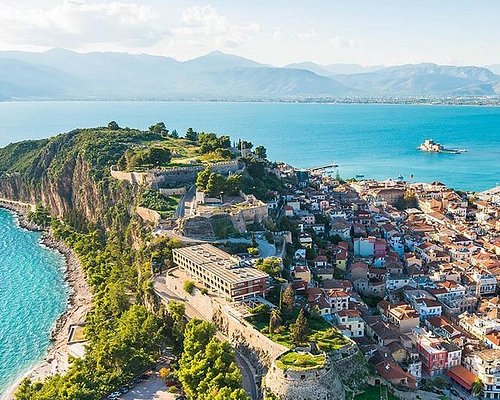
Argos, located in the northeastern part of the Peloponnese peninsula in Greece, boasts a rich history dating back to 4000 BCE, making it the oldest city in Greece. The city covers a land area of 138.1 square kilometers and sits at an elevation of 130 feet. As of the latest available data, the population of Argos was 19,996.
Argos is renowned for its numerous archaeological sites and landmarks that testify to the city’s cultural heritage. The ancient theater of Argos, which dates back to the 4th century BCE and is still in use today, is one of the most prominent attractions in the city. Visitors can also explore the Argos Castle, the Ancient Agora, and the Larisa Fortress, among other historical sites.
Did You Know?
Argos is also an essential center of agriculture and industry. The city produces oranges, lemons, and olives, among other crops, and has a thriving manufacturing sector that includes textiles, metal products, and machinery.


